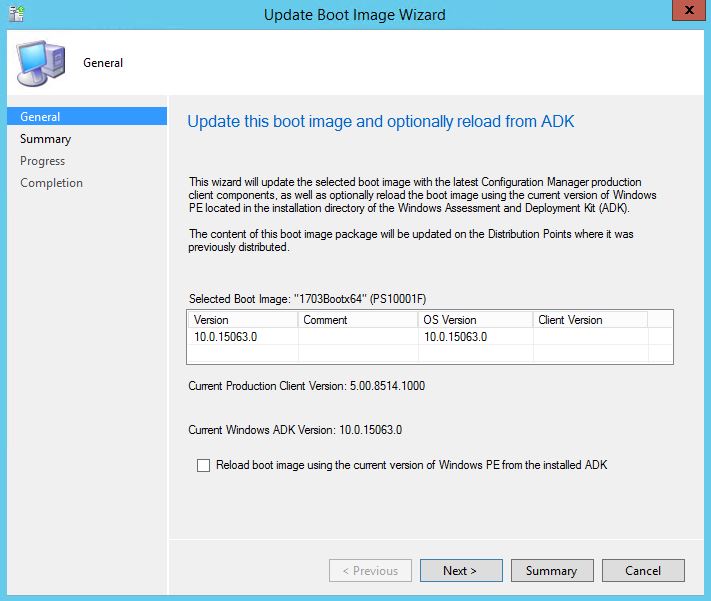Configuration Manager TP 1704 has been released and I’ve put it through the paces in my lab. I’m seeing a lot of great OSD features as well as a few undocumented gems which I am outlining below. With the release of TP1703 came a new baseline build, so if you haven’t already setup a lab to test things for yourself you will need to download TP1703 and upgrade within the console to TP1704.
The first (and really, quite welcome change) is support for high dpi displays. Typically, the console didn’t display wizard boxes very well on screens that were high dpi. Your only option was to either deal with it or change resolution to something lower, and sometimes even change the scaling in the graphics display properties on the technician’s machine. This is still an issue in the latest Current Branch release of ConfigMgr (1702), but the fix will hopefully ship with the next release.
The SMS_Firmware inventory class gained the capability to inventory whether a machine has Secure Boot enabled. This inventory feature is enabled by default, so if you don’t want to report on these categories, you’ll need to go into client settings and untick the boxes manually. If you are beginning to pilot your Windows 10 migrations, you can inventory whether your upgrade task sequences need to contain logic for BIOS to UEFI conversion, including conversion from MBR to GPT, and support for turning on secure boot. The technical how-to of all that is beyond the scope of this blog post.

With TP 1704, you can now reload your boot images after you upgrade the ADK. Within the wizard when updating distribution points, you’ll see info about ADK version installed on your site server as well as the ADK version used to create the boot image and the ConfigMgr client version. There is also a tick box which allows you to regenerate your boot images as you’re walking the wizard.

There is also a new column in the workspace within the boot images node that shows client version.

In the Operating Systems node, there is also a new column for OS Version (really, the column should be named “Build Number”, as that is what it is displaying).

There is now support for child task sequences which allows technicians to run task sequences within task sequences. This is great for application lists or driver packages and in general when you have generic actions that are common in between many sequences. A real-world example would be using Adaptiva’s BIOS to UEFI workflow document to create a conversion task sequence and nesting it within your own sequences without needing to add the 30 some actions to your many production sequences. Nested task sequences can be found in the “General” action section. I recommend creating a new group first and then creating a run Task Sequence action.

One item to note is that there appears to be a bug with MDT integration with this preview build. I have filed a bug and confirmed internally with Microsoft that this is a reproducible issue. I will test again when TP1705 is released and report whether the bug is fixed.
Support for PowerShell detection methods was supposedly added; however, the cmdlets don’t appear to be available. Adam Meltzer from the product team has written a post about it which you can check out here: blogs.msdn.microsoft.com.
Again, if you haven’t started using Configuration Manger Technical Preview version, you’re really missing out on an opportunity to test features, provide feedback, and participate in shaping the future direction and capabilities of the product.






